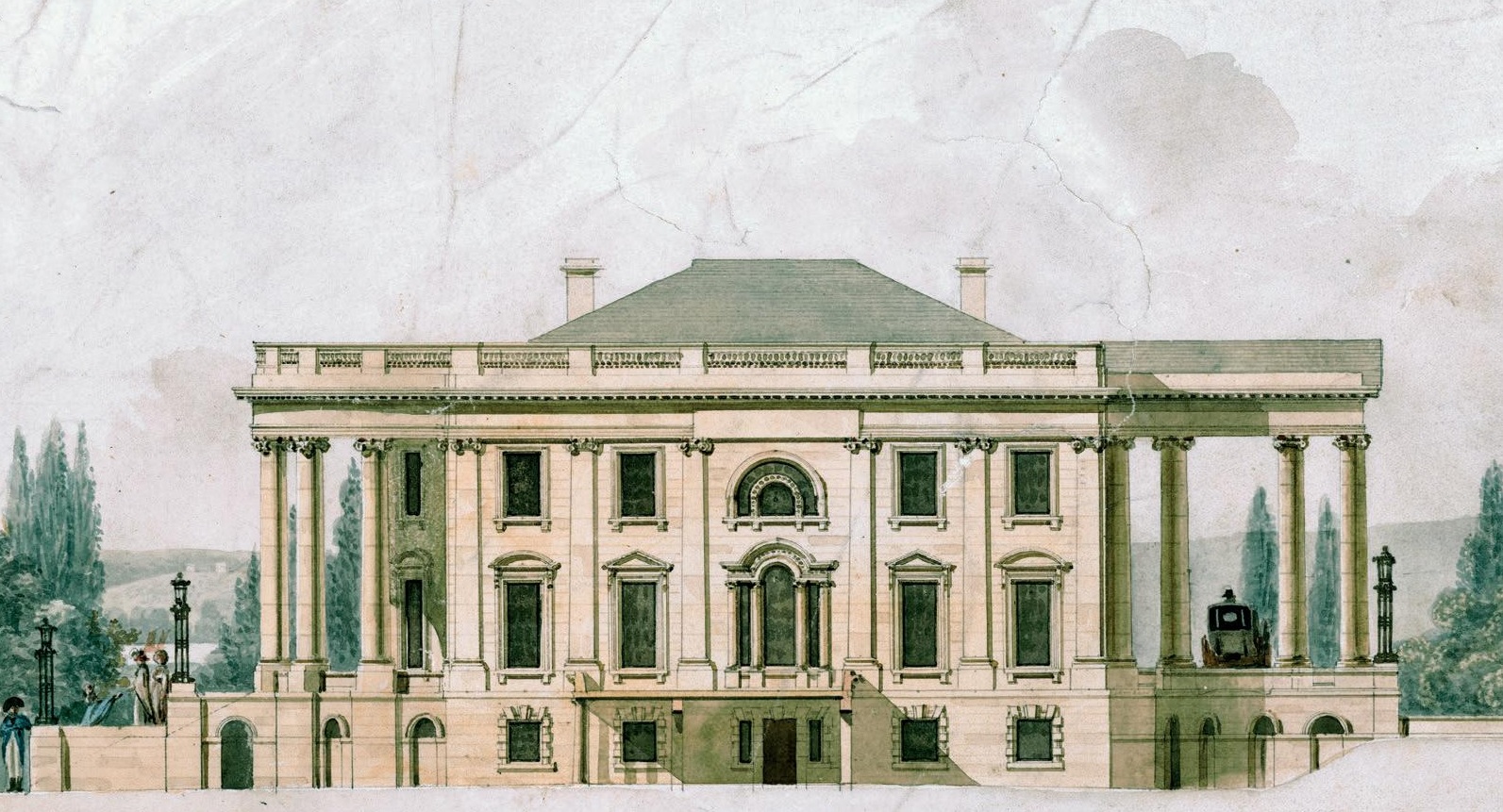
Its candidate won every presidential election beginning in 1800. No elections had been very close. But those easy victories hid disagreements within the party.
Four Democratic-Republican candidates decided to run for president in 1824. Secretary of State John Quincy Adams of Massachusetts and two others—Speaker of the House of Representatives Henry Clay of Kentucky and Secretary of the Treasury William H. Crawford of Georgia—were well-educated gentlemen. They had the backing of wealthy farmers, businessmen, and other upper-class people. Such support had been enough to win earlier elections.
Prior to 1824, the electorate had been made up of wealthy, property-owning white men. But in 1824, ordinary white American men began voting. Most of those voters supported the fourth Democratic-Republican candidate: General Andrew Jackson. Jackson was different from the other three men. Born in rural South Carolina to poor parents, he was self-educated. He promised to give less-privileged Americans a voice in government.
Jackson’s message was well received. In the general election, he won more popular votes than any other candidate. He also took first place in the Electoral College. But he did not win a majority of electoral votes. So, as stated in the 12th Amendment, the decision of whom to select as the next president moved to the U.S. House of Representatives. Only the top three vote-getters were eligible.
هذه القصة مأخوذة من طبعة October 2022 من Cobblestone American History Magazine for Kids.
ابدأ النسخة التجريبية المجانية من Magzter GOLD لمدة 7 أيام للوصول إلى آلاف القصص المتميزة المنسقة وأكثر من 9,000 مجلة وصحيفة.
بالفعل مشترك ? تسجيل الدخول
هذه القصة مأخوذة من طبعة October 2022 من Cobblestone American History Magazine for Kids.
ابدأ النسخة التجريبية المجانية من Magzter GOLD لمدة 7 أيام للوصول إلى آلاف القصص المتميزة المنسقة وأكثر من 9,000 مجلة وصحيفة.
بالفعل مشترك? تسجيل الدخول

Putting the Pieces Together
Americans needed to begin to put the past behind them, come together, and plan for the future in the spring of 1865. But Abraham Lincoln, the man best equipped to lead them and who had hoped to restore the country as smoothly and peacefully as possible, had been assassinated.

LAST SHOTS
The last Confederate forces in the Civil War didn’t surrender in the spring of 1865 or on a battlefield.

AND IN OTHER 1865 NEWS
A group of African Americans stop at the White House’s annual public reception on January 1, where they shake hands with President Abraham Lincoln.

A Plot to Kill President the
For several months, actor John Wilkes Booth’s band of conspirators had plotted to capture President Abraham Lincoln and hold him hostage in exchange for Confederate prisoners.

Let the Thing Be Pressed
In June 1864, Union Lieutenant General Ulysses S. Grant began a nearly 10-month campaign in Virginia.

HEALING THE NATION
President Abraham Lincoln took the oath of office for the second time on March 4, 1865.

A Helping Hand
The spring season is hard in any agricultural society. Plants and animals are too small to eat.

WAR SHERMAN-STYLE
As far as Union Major General William T. Sherman was concerned, the Civil War had gone on long enough.

PEACE TALKS
The fall of Fort Fisher made clear that the Confederacy’s days were numbered. Southerners were tired and hungry.

FORT FISHER'S FALL
Outnumbered Confederate soldiers inside Fort Fisher were unable to withstand the approach of Union troops by land and the constant Union naval bombardment from the sea.